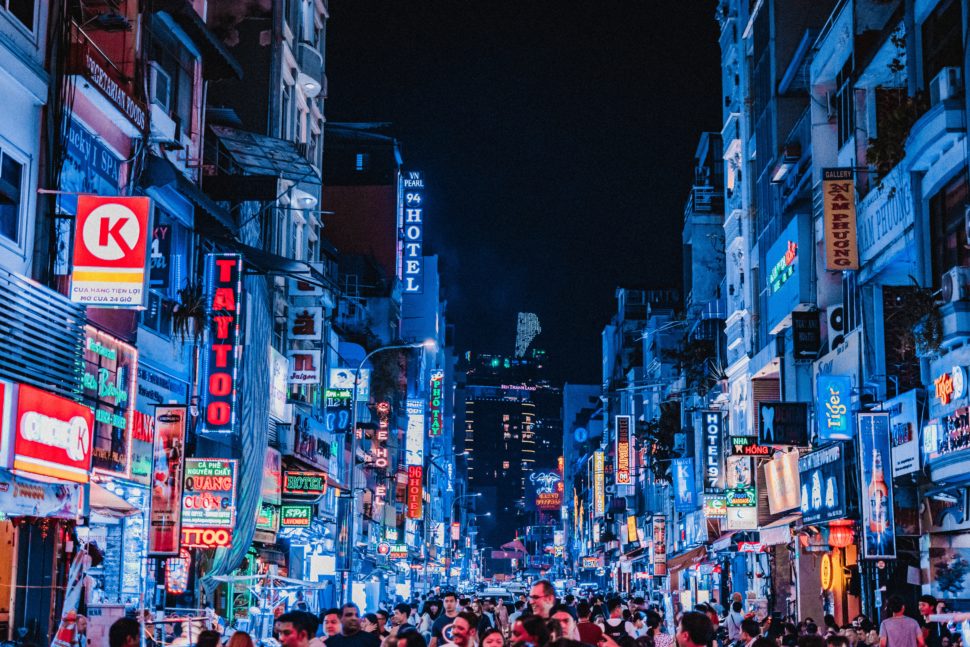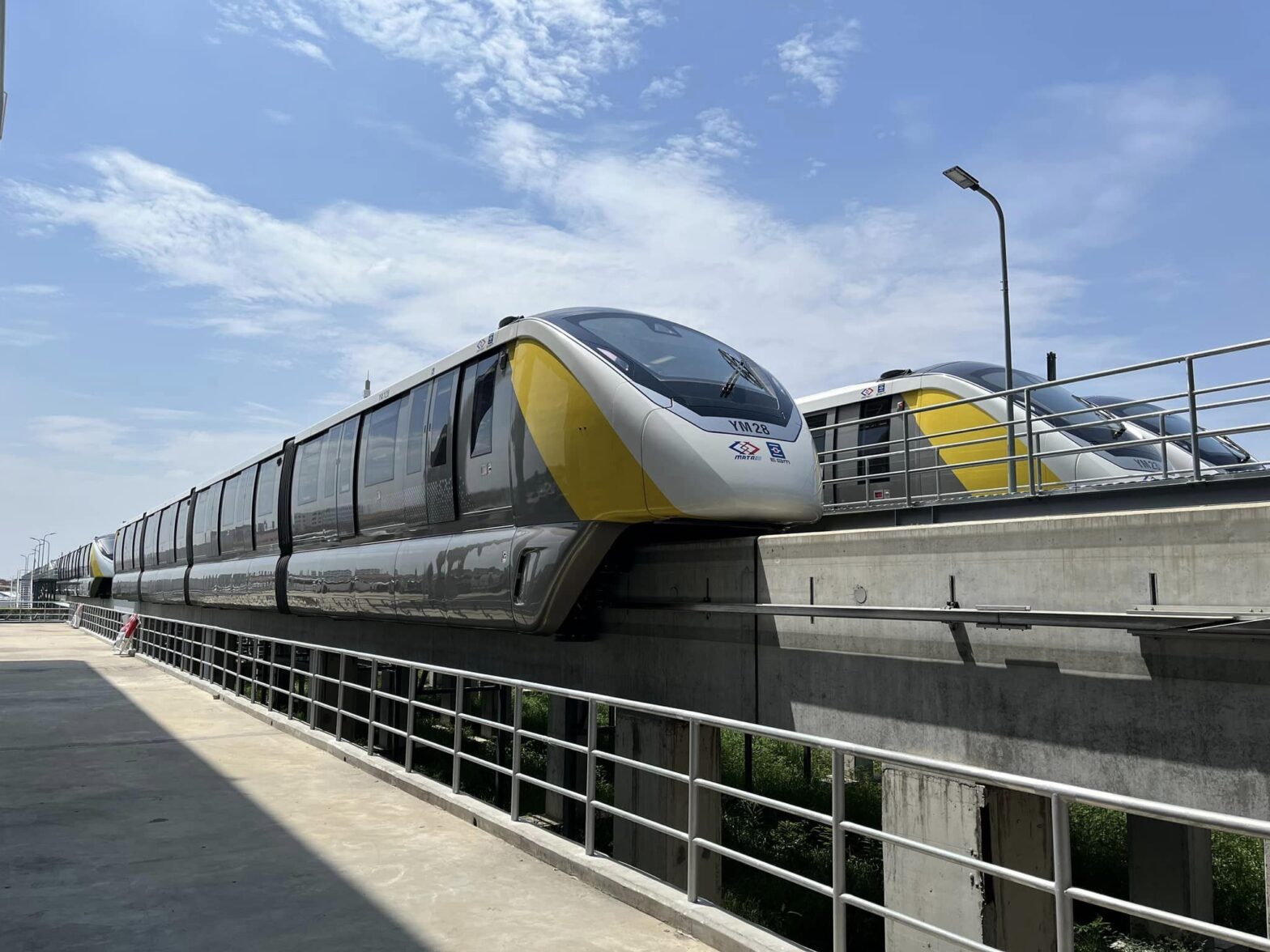Metropolitan rail networks in Southeast Asia are set to experience a 20 percent growth by the end of next year, according to an analysis by Nikkei. The region faces the urgent need to tackle congestion and reduce vehicle emissions, driving the expansion of these rail systems.
Nikkei’s analysis focused on the commuter rail systems in major cities and capital regions across Thailand, Vietnam, the Philippines, Malaysia and Indonesia.
Bangkok’s Yellow Line
Thailand has taken a step forward with the inauguration of the Yellow Line. This line connects the outskirts of Bangkok to Samut Prakan province. With 23 stations, this elevated monorail has attracted attention since its recent opening. During the trial run in June, over 680,000 passengers rode the Yellow Line in two weeks. Prime Minister Prayuth Chan-ocha took a test ride and praised the experience, describing it as “comfortable.” He urged citizens to embrace this new transportation option.
Operated by Eastern Bangkok Monorail, a joint venture between BTS Group Holdings and investors, including Sino-Thai Engineering & Construction, the Yellow Line is part of Thailand’s ongoing efforts to expand its metro rail network. Including subways, Thailand’s rail lines is approaching the coverage of leading Southeast Asian metro rail countries, such as Malaysia and Indonesia.
Vietnam’s First Metro Rail Line

Vietnam is preparing for the opening of its first metro line in Ho Chi Minh City next year. With 14 stations, this new line will be a significant addition to the country’s developing urban rail networks.
In the Philippines, the Metro Rail Transit network also is expanding. San Miguel, a local conglomerate, recently announced that it has raised $1.79 billion for the construction of Line 7, which will connect the Manila metropolitan area with outer-ring communities. The President and CEO of San Miguel, Ramon Ang, highlighted the project’s impact on job creation, local economies and opportunities for Filipinos.
Southeast Asia’s rapid urban population growth and booming economy have led to severe traffic congestion and increased air pollution from vehicle emissions. Expanding metro networks has become a shared challenge among these countries as they aim to reduce commuting times and address environmental concerns.
Japan and Europe Lead The Way In Contracts To Build Metro Lines
Japanese and European rail infrastructure companies have been at the forefront of securing contracts in Southeast Asia. Japan with its extensive subway network plans to export its construction and operational expertise to the region, which it considers a key market.
Chinese enterprises have made notable contributions to rail projects in the region, including the construction of the high-speed railway connecting Laos with China’s Yunnan province. China is also leading Indonesia’s high-speed rail line, expected to commence service this year, putting them in competition with Japanese and European suppliers in the region’s metro rail projects.
One significant aspect of Southeast Asian rail networks is the absence of uniform nationwide systems, as countries practice a form of balanced diplomacy, maintaining favorable ties between the Eastern and Western camps. As a result, trains operate under different standards depending on the specific line.

While rail projects present opportunities for real estate development, many Southeast Asian cities have a limited land capacity to expand. As a result, housing and commercial facility projects related to rail lines in the region are constrained.
Junichiro Haseba, executive vice president of consultancy SBCS, highlights challenges countries face while striving to expand their metro rail networks. The region must find innovative solutions to overcome these obstacles in pursuit of efficient and sustainable urban transportation.





